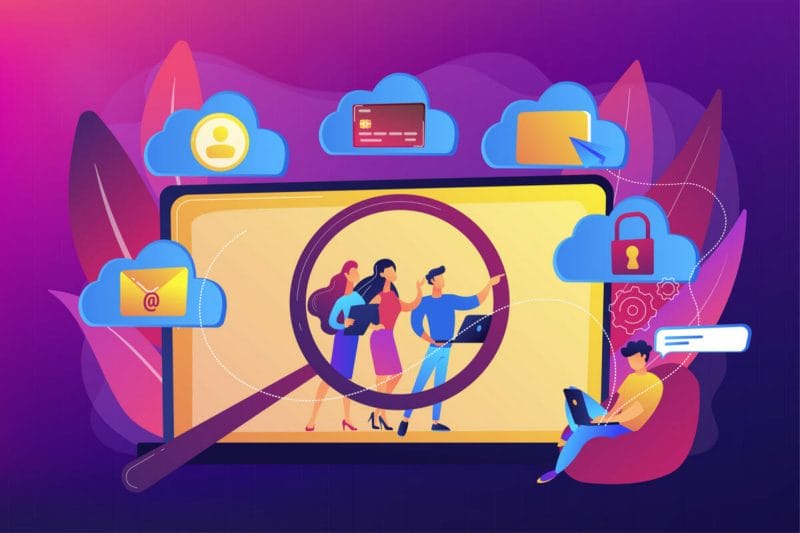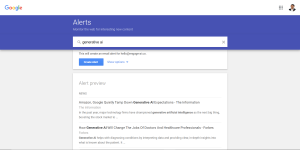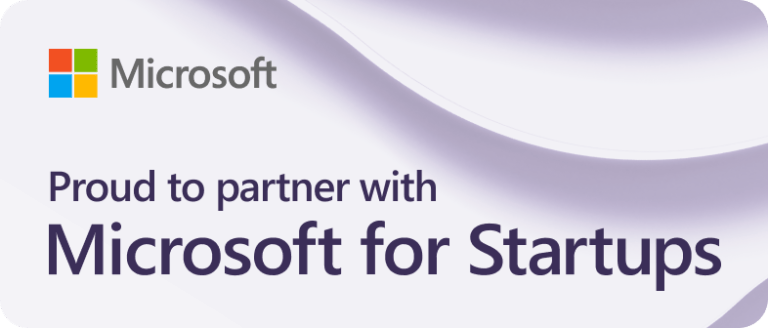When it comes to LinkedIn, there are a few do’s and don’ts that will make your profile stand out from the crowd. This article will give you 12 tips to create a fabulous presence on LinkedIn, making you more visible in your industry and contributing to a community of diverse professionals.
The best practices outlined here have been designed with the needs of business professionals in mind to promote career advancement and personal brand visibility.
Following these LinkedIn best practices means more leads, more opportunities, and, ultimately, success for your business.
Why Following Good LinkedIn Etiquette Is So Important
Let’s first take a minute to discuss the importance of good LinkedIn etiquette.
LinkedIn can be a great way to find new opportunities, but healthy use of this social media platform requires good etiquette like all social networks. Sharing too frequently can create an obsessive kind of behavior. LinkedIn etiquette should be more about the quality and less about the quantity.
Making connections with new contacts is very important, but adding people you don’t know just for the sake of expanding your network is unprofessional and will not help your career. Additionally, LinkedIn etiquette should include:
- Linking to people who have linked to you as a way to show appreciation.
- Commenting on posts that interest you or share valuable content that will educate others in the field or industry.
- Politely declining invitations from people you don’t want to add to your connection list.
Doing these things will improve your professional reputation on LinkedIn and help you reap great rewards for your marketing efforts.
Let’s dive in.
Tip #1: Know What Types of Content to Post on your LinkedIn profile
The best types of content on LinkedIn are a combination of professional and personal information. Although LinkedIn is a business platform, engaging with your audience personally will get more followers and likes! To post the correct type of content, you need to understand your potential customers and how your business can solve their problems.
To create a fabulous presence, you want to post relevant content that appeals to your target audience and is helpful to the business leaders who will read it.
Tip #2: Use an eye-catching profile picture and banner image
The main thing people see on your profile is your picture. It’s essential to pick a professional cover photo, shows you in action, and provides a glimpse of what you do. Most people searching for professionals using LinkedIn will be looking for a clear representation of their profession.
Your images — including your header image — should reflect the professional services, technology, or products you offer on LinkedIn.
Tip #3: Include Your Education and Work Experience
As you conduct research and create your profile, make sure to include information about your education and work experience that demonstrate professional expertise. Make sure your work experience is listed on LinkedIn, not just on your resume. But don’t just list them; elaborate! Keep in mind that you are trying to get people to hire you or work with you, so be sure to emphasize the education and work experience related to your goals for the platform.
You can also ask past clients, customers, or employers — depending on what you’re using the platform for — to leave a recommendation on your personal profile. A LinkedIn recommendation sells you far better than your own words on your profile.
Tip #4: Create an engaging headline
Your LinkedIn headline should be professional and draw attention to your personal profile. It should also include keywords that will help people find you online! Your headline is one of the first things a person sees, so take some time to craft a good headline.
To craft a great headline, think about what you do and who you serve. Is it a topic that you know can be interesting to people looking for you? Can you include keywords that will help people find you online? Is the headline memorable and enticing, or is it just plain dull?
You pass the headline test when you can answer the “What do you do? And how can you help me?” questions in less than 15 seconds.
Tip #5: Make Your Experience Relevant to the Audience/Clients You Want to Convert
People searching for a professional like you on LinkedIn will likely be looking for someone who can solve their problems. What are your specialties? What relevant skills do you offer that can help them meet their goals?
Sell prospects on you by describing your experience in detail.
Tip #6: Add Links to Your Professional Media
After you post a new update, make sure to include links to your professional media like publications, websites, and social media profiles. Including links to your work helps establish you as an expert and makes it easy for people searching LinkedIn to find you.
Adding links also shows you’re serious about the platform and have a place within the industry. It also helps drive social traffic to your blog.
Tip #7: Add links to Your Social Networks
If you have a blog, LinkedIn should be the place where you showcase your work. You could share links on other social media, but LinkedIn is an excellent platform for professional media.
Tip #8: Maintain Consistent Frequency
LinkedIn is a community, and you want to interact with them. Make sure you post updates every week or two. It’s best to make them short (fewer than 200 words) so that people can read them easily on their mobile devices. Alternatively, you can do a longer article on LinkedIn Pulse if it pertains to your industry and audience.
Tip #9: Get Discovered
If you want to get discovered on LinkedIn, you can. First, you have to earn your social capital. The more people who connect with you, the higher your social standing and search engine ranking becomes.
Then, you have a chance at being discovered by talent communities that LinkedIn has to offer.
Tip #10: Be Prudent with LinkedIn Groups
LinkedIn groups are known to be useless in growing leads. However, they are an excellent tool for engaging your personal network. While you can share content, ultimately, it is a place to meet like-minded business professionals.
Don’t spend too much time trying to create relevant content for LinkedIn Groups, though. You’re better off publishing status updates if lead generation is your goal.
Tip #11: Don’t Spam
This tip is a no-brainer, but one of the most common practices on LinkedIn is to spam your connections. You’re probably familiar with a connection request followed directly by a sales pitch. Spamming doesn’t work because it scares new connections; they wonder what the LinkedIn connection is after. Remember, your goal is to build your network and relationships, not spam them.
Tip #12: Be Consistent with Your Message
When you share content on LinkedIn, be consistent and let people know that you are always accessible to them. You can accomplish this through announcements, direct messages, or a short note when tagging them in one of your updates. Use these tools to connect with your contacts to feel like you are a person who cares for their success.
These are a few dos and don’ts that you should follow to have a successful LinkedIn profile. It is the best place to locate talented professionals, find connections, get referred, and grow your professional network. Give these 12 tips a try to create an engaging LinkedIn profile with personal relevance!








